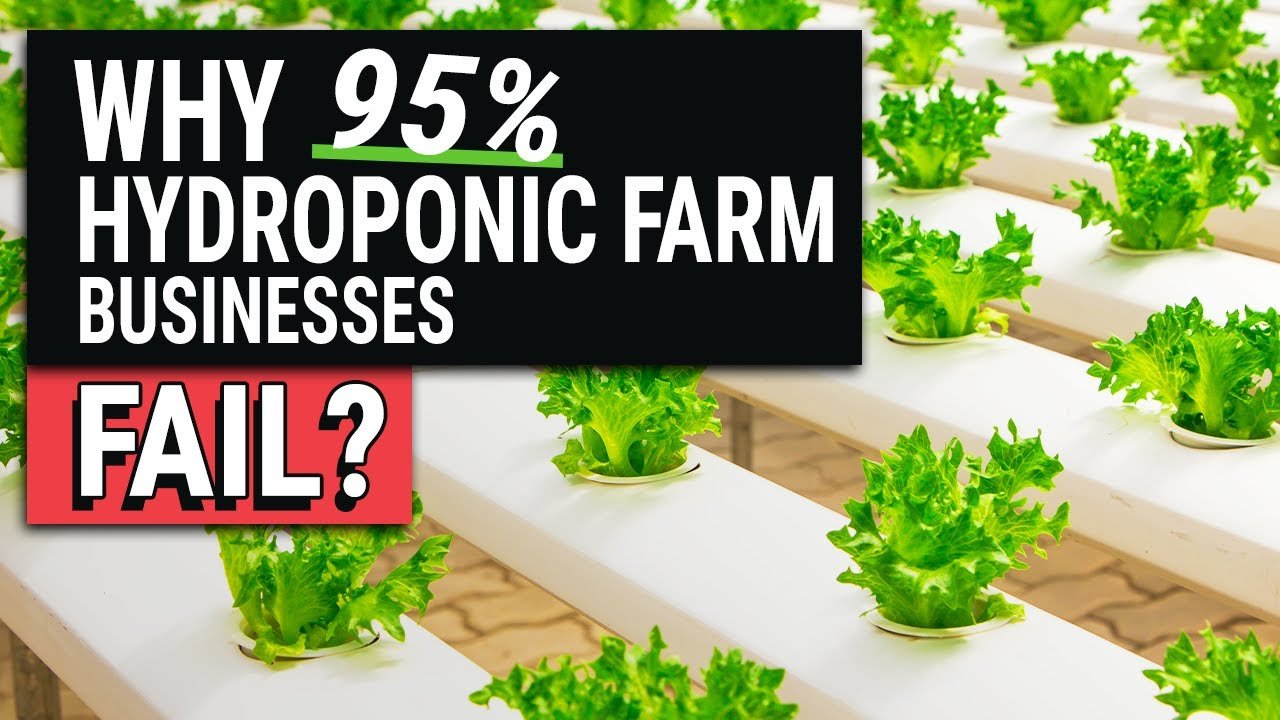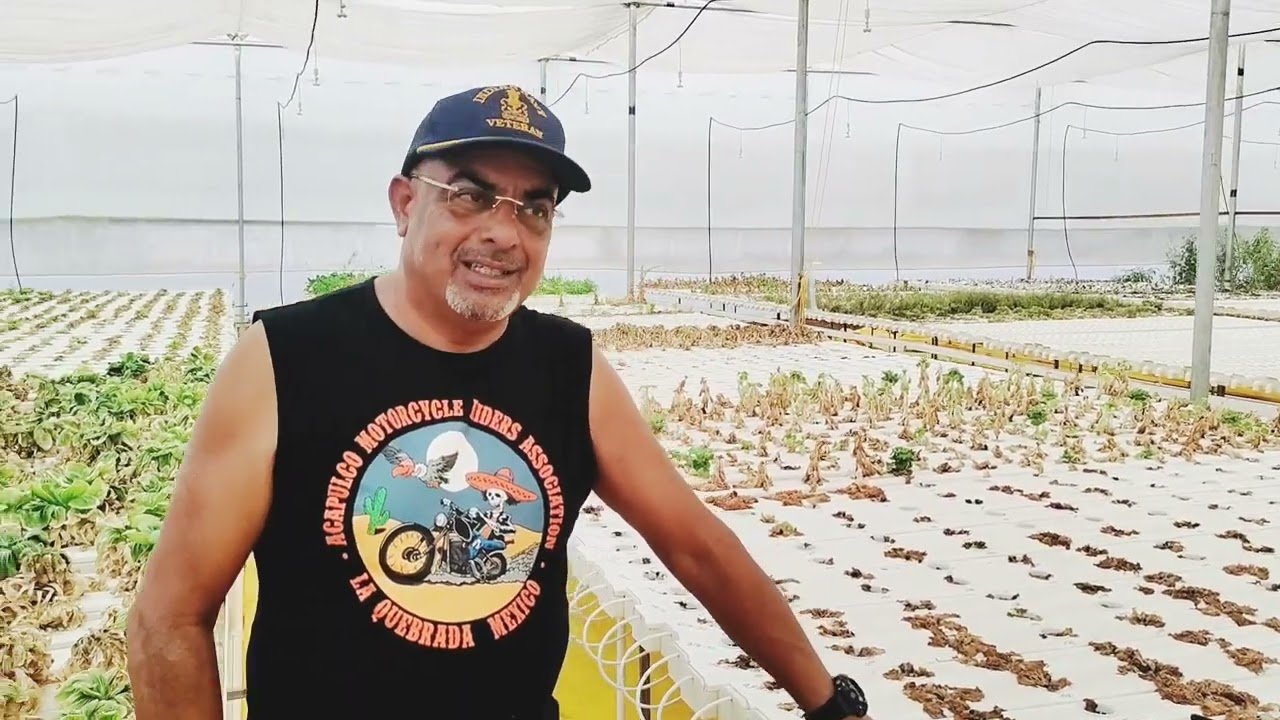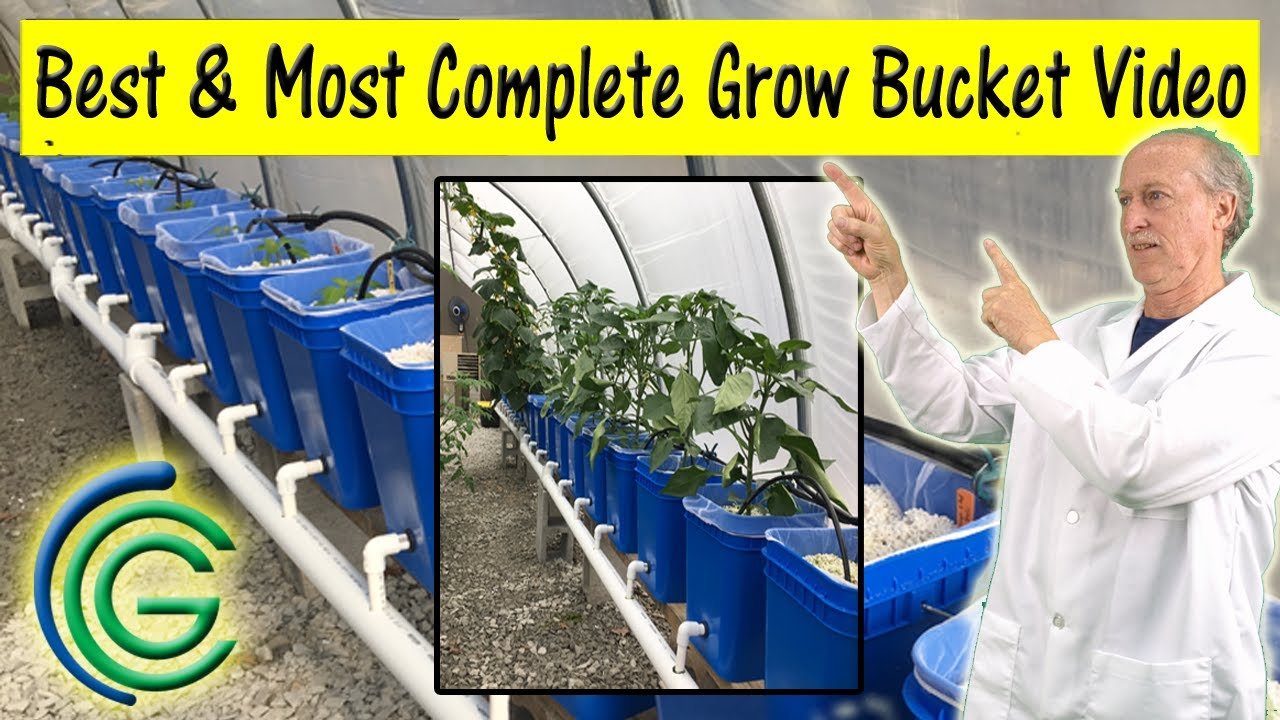The Hydroponic Adventure: Pond to Plot
It was last summer when the itch hit me. You know that feeling when you read about something so fascinating that you just can’t shake it off? For me, it was hydroponics. “No soil? Just water and nutrients? Heck, I can do that!” I announced over breakfast, my coffee steaming through the late-morning sunlight streaming in through the kitchen window. My wife, Lisa, raised an eyebrow and casually passed me the jam, but I saw the spark of disbelief hidden behind the toast crumbs.
I had an old rubber tub lying around in the shed from a water feature we tried to build—twice, actually. The fish died both times, unfortunately. I figured I’d repurpose it for my experiment. Armed with that and the few leftover pipes from my last plumbing nightmare after the toilet leak, I stomped into the backyard with a head full of ideas and a heart full of ambition.
The Setup
I decided to set up an aquaponics system, thinking it would be a two-for-one deal—grow vegetables while raising some fish. I bought some goldfish from the pet store. The guy assured me they were hardy, and to be honest, they’re cheap and kind of cute in that clunky, cartoonish way. What could go wrong with a few little swimmers in a tub full of water, right?
I needed a grow bed on top of the tub to hold the plants, so I unscrewed an old piece of wood from a broken chair and hammered together a makeshift box with some scrap water-resistant material I had lying around. My daughter, Ella, thought it looked like a small boat. I had to admit, it did remind me of a tiny Titanic, forsaken and doomed before it even set sail.
Once the frame was ready, I filled the bottom with some gravel from the driveway and topped it with a layer of hydroponic clay pellets bought online. I grinned at my handiwork as I poured in the water from the tub below—now the true test awaited. The moment the water hit the grow bed, a strange smell wafted up. It wasn’t a pleasant one, more like a dumpster behind a diner that had received one too many trays of stale fries.
The Nutrient Puzzle
I’d read about hydroponic nutrient solutions and spent a small fortune on this all-purpose mix. In my naivety, I assumed that I just had to pour in a few scoops and watch my plants thrive. But after a week or so, something wasn’t right. Ella had named the goldfish “Goldilocks,” and I didn’t want to let her down.
I remember sitting outside one humid evening, flipping through an online forum filled with seasoned hydroponic pros and their thumb-indexed success stories. They talked about pH levels, EC readings, magnesium, and nitrogen ratios like they were reciting the Ingredients of a secret sauce. My head spun faster than a toddler on a merry-go-round.
After some educated guesswork (and the occasional YouTube tutorial), I decided to mix my own solution out of the bits and bobs I had left over from my last fishing trip: some Epsom salt from a summer sports injury and a few packets of garden fertilizer I’d stowed away years ago. Let’s just say that things didn’t turn out as expected. After a couple of days, I opened the tub only to discover a wicked green hue clouding the bottom. I thought I’d nailed it, but instead, I’d accidentally stumbled upon a fishy algae farm.
Lessons Learned
I really thought about giving up then. I watched my goldfish bobbing tiredly in the murky water, and their sad little faces mirrored my frustration. But then I thought about Ella, her twinkling eyes as she clasped her hands together in delight at the thought of fresh veggies. I decided to push through.
After many late-night Googling sessions, I salvaged my setup. I started taking a water sample to discover the root of the issue, measuring the pH and even getting a test kit. The first readings came back like a school report card, and I was failing miserably. But after weeks of trial and error, and frequent water changes, something unexpected happened: things started to bloom.
Once I figured out the nutrition game, the lettuces grew in layers of green, and basil reached for the sky in all its fragrant glory. Goldilocks even began to swim with a little more pep in her scale. I learned that the nutrient composition was less about cramming as much as I could into the water and more about the balance—the right ratios mattered, just like in life.
A Journey Worth Taking
Now, sitting with our little patch of thriving greens in the backyard makes me feel accomplished. Sure, it wasn’t easy, and I had my setbacks—more than I can count—but I wouldn’t trade this experience for the world. Watching Ella pluck fresh basil and throw it into her pasta makes all the smell, the chaos, and the underwater drama worth it.
So, to anyone that’s thinking about giving this a shot—don’t be afraid to make mistakes. Don’t sweat the small stuff, and definitely don’t worry about getting it perfect. Just start. You’ll figure it out as you go, and maybe transform your backyard into something magical.
And if you want to dive deeper into this hydroponic journey, consider joining our next session. The joy of gardening and aquaponics is too great to keep to yourself. Let’s grow together!







Leave a Reply